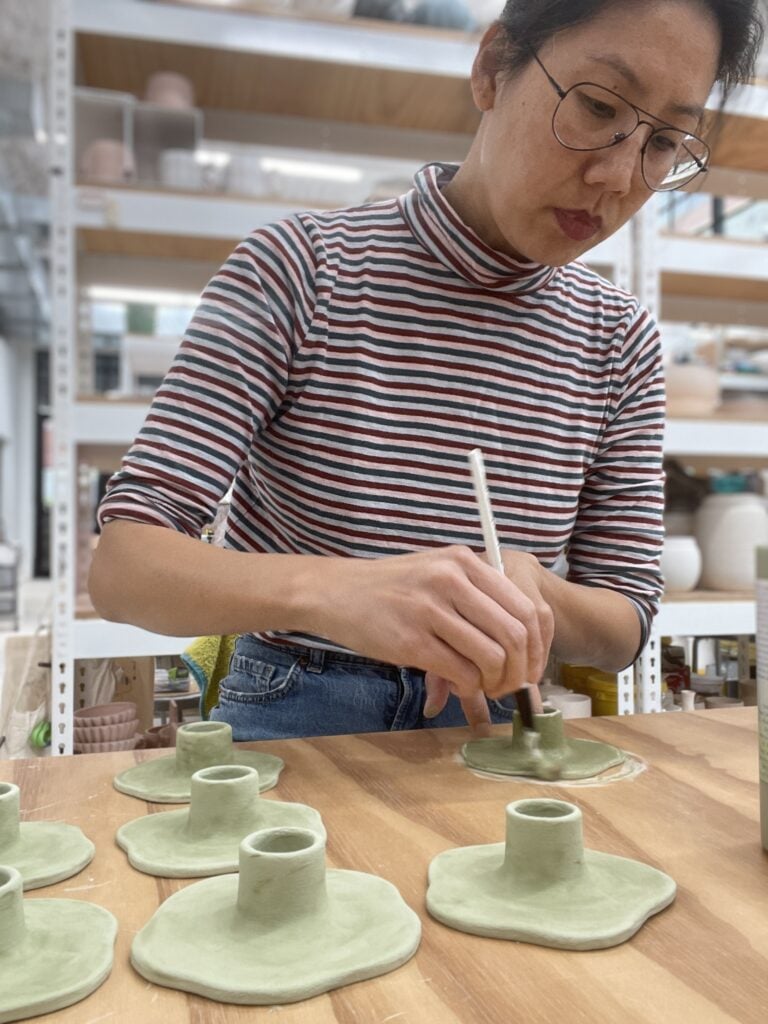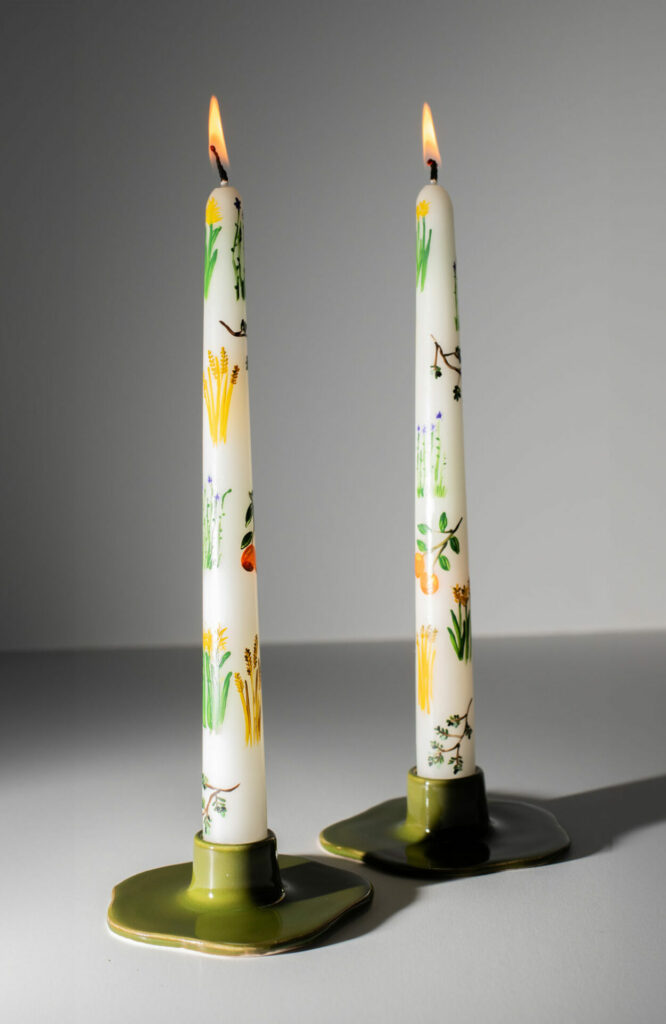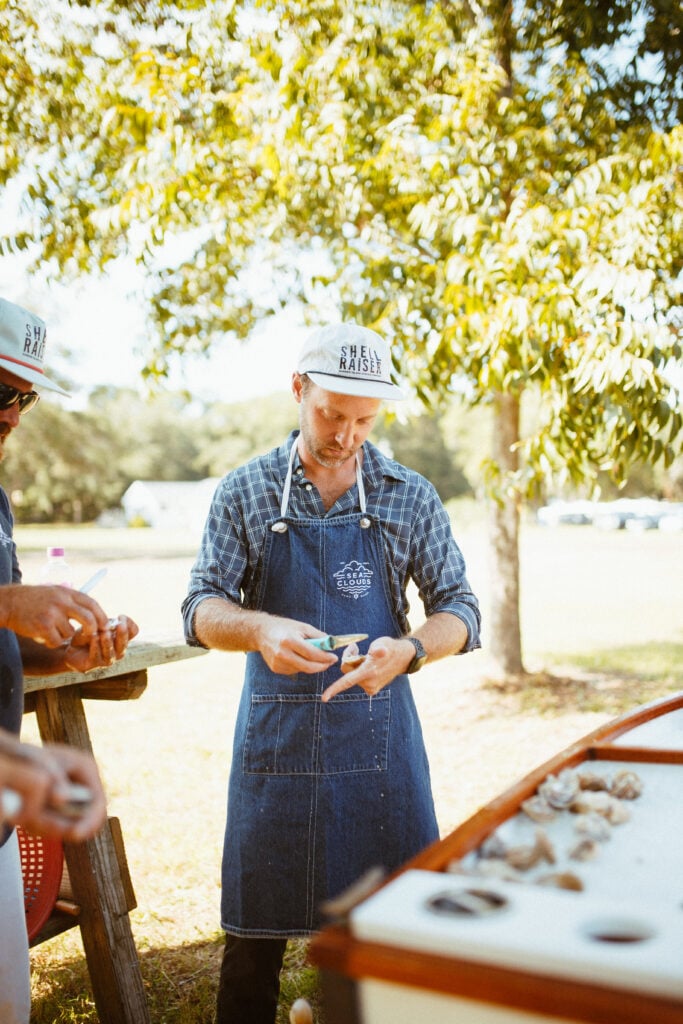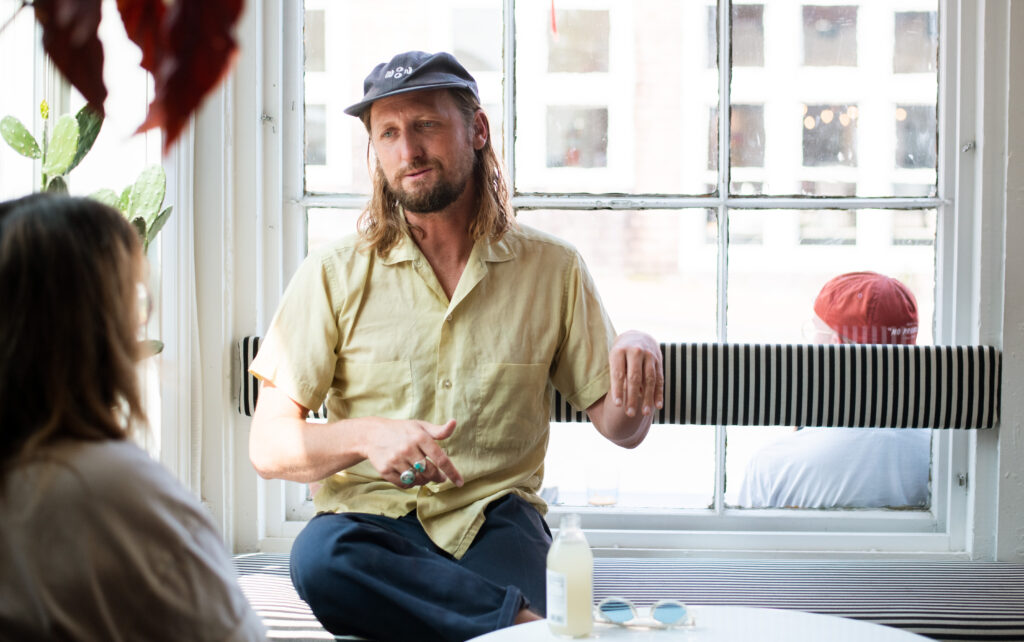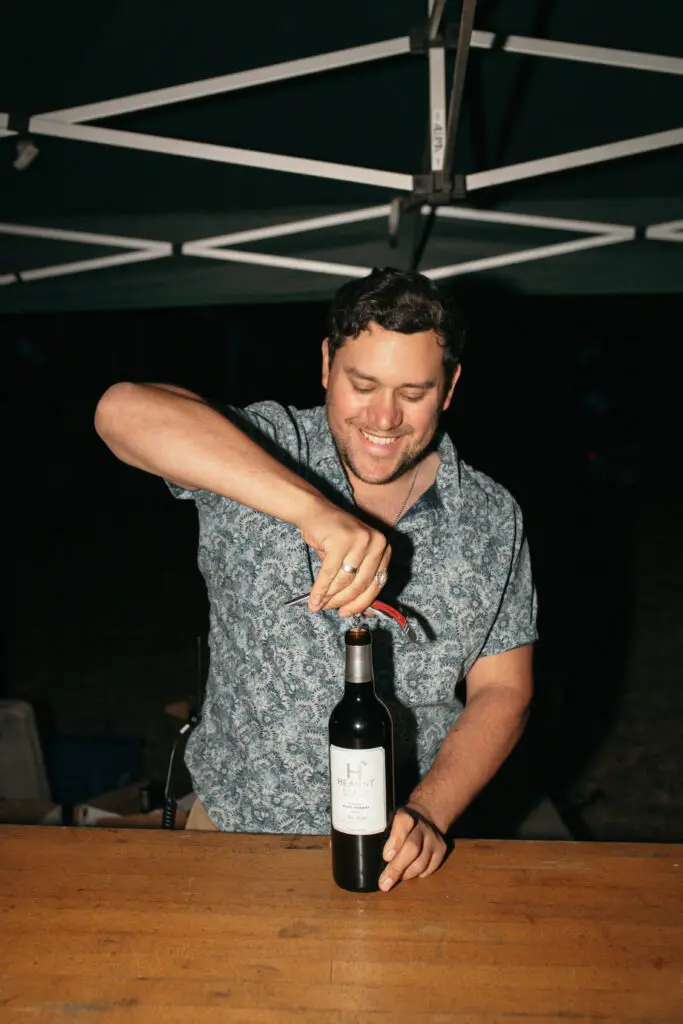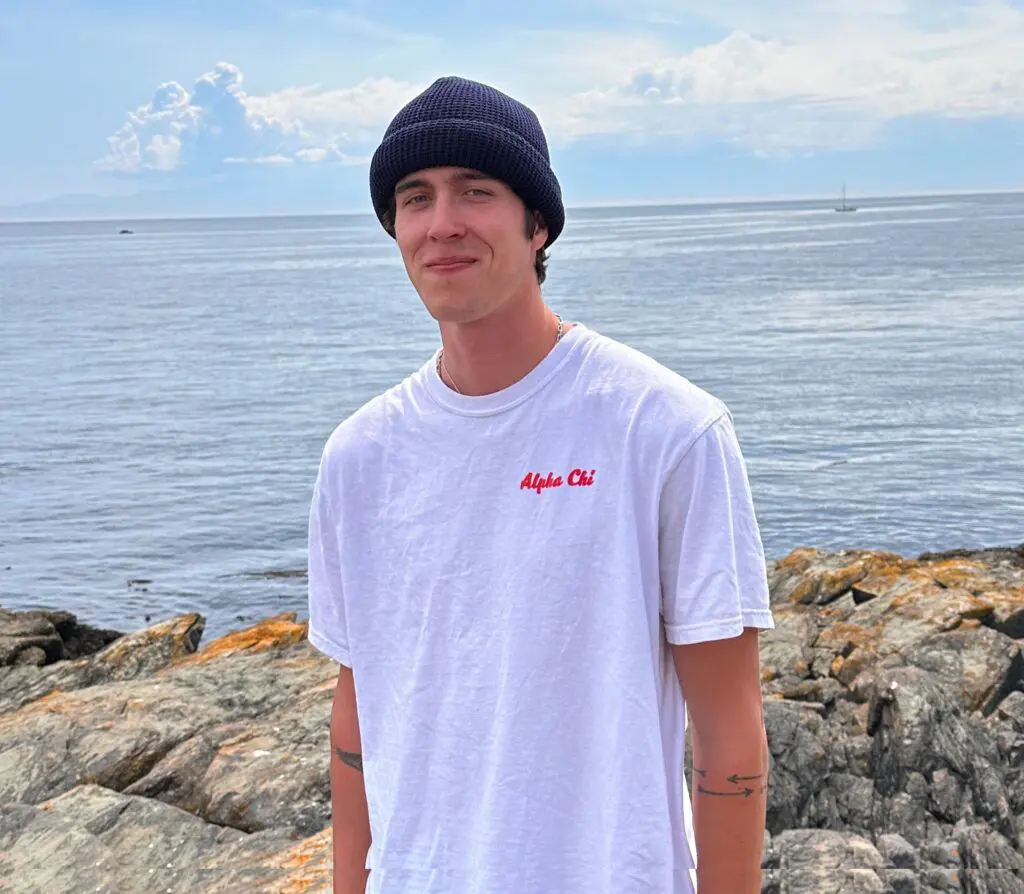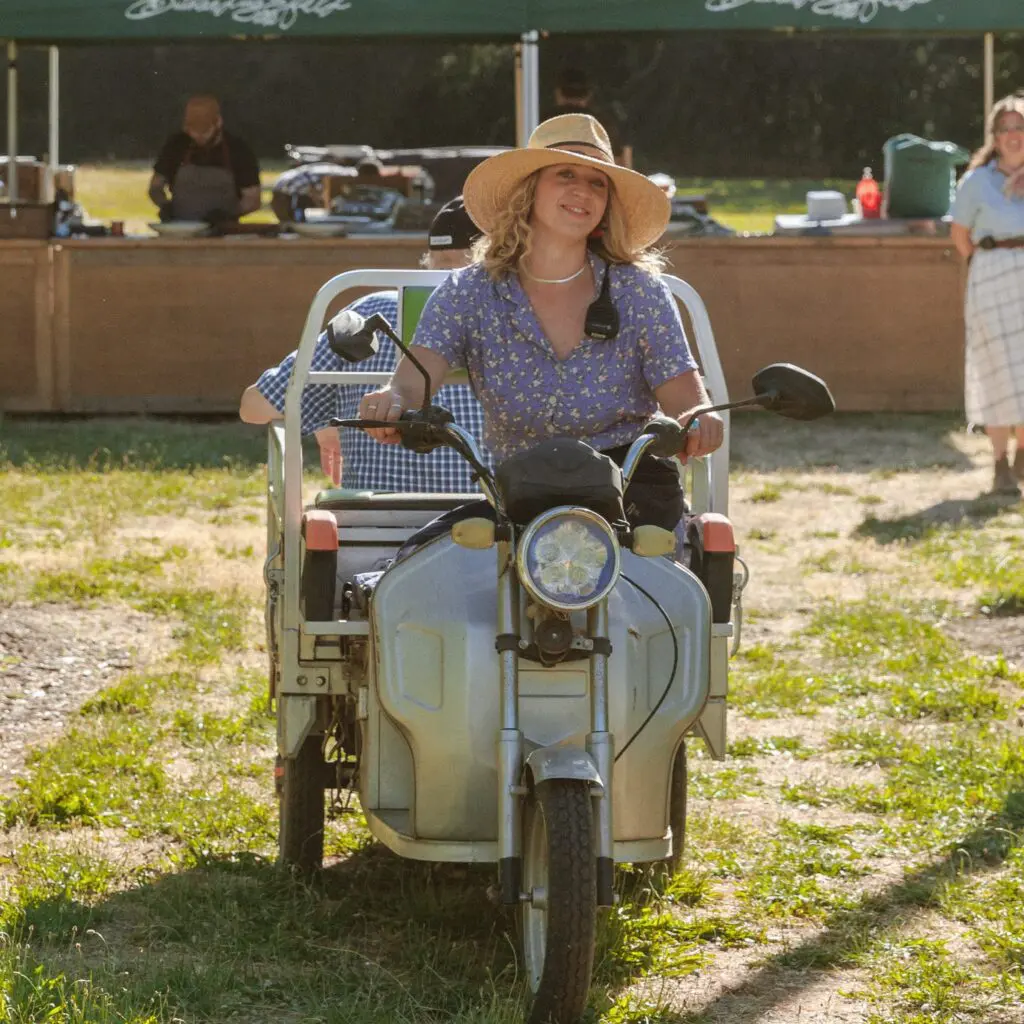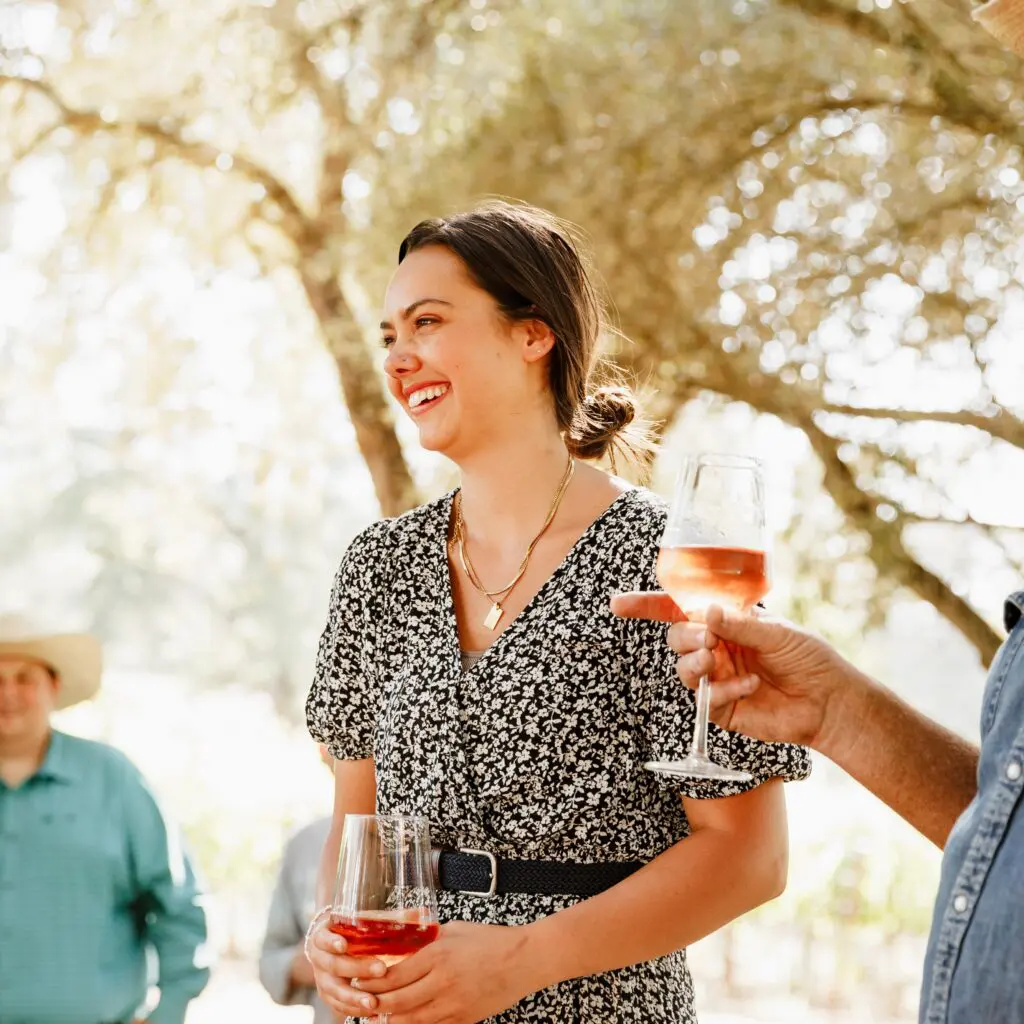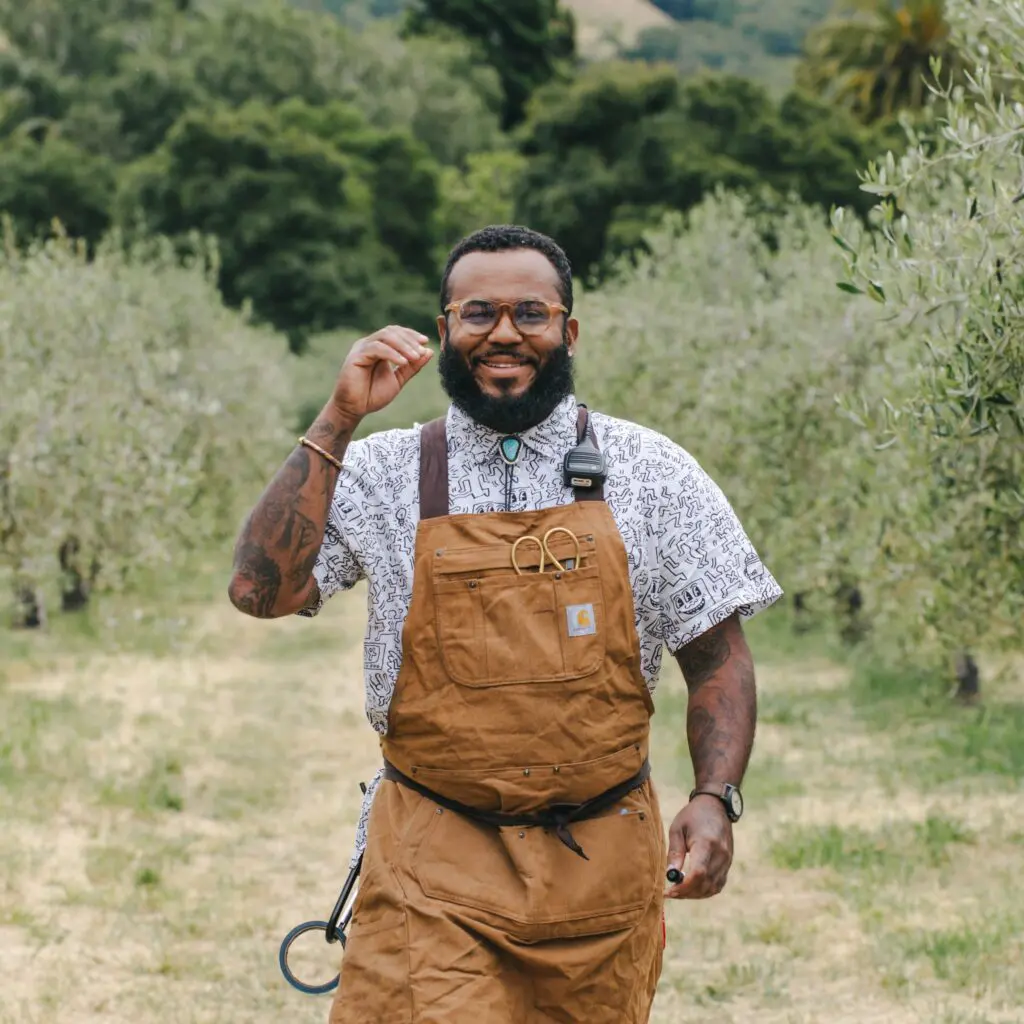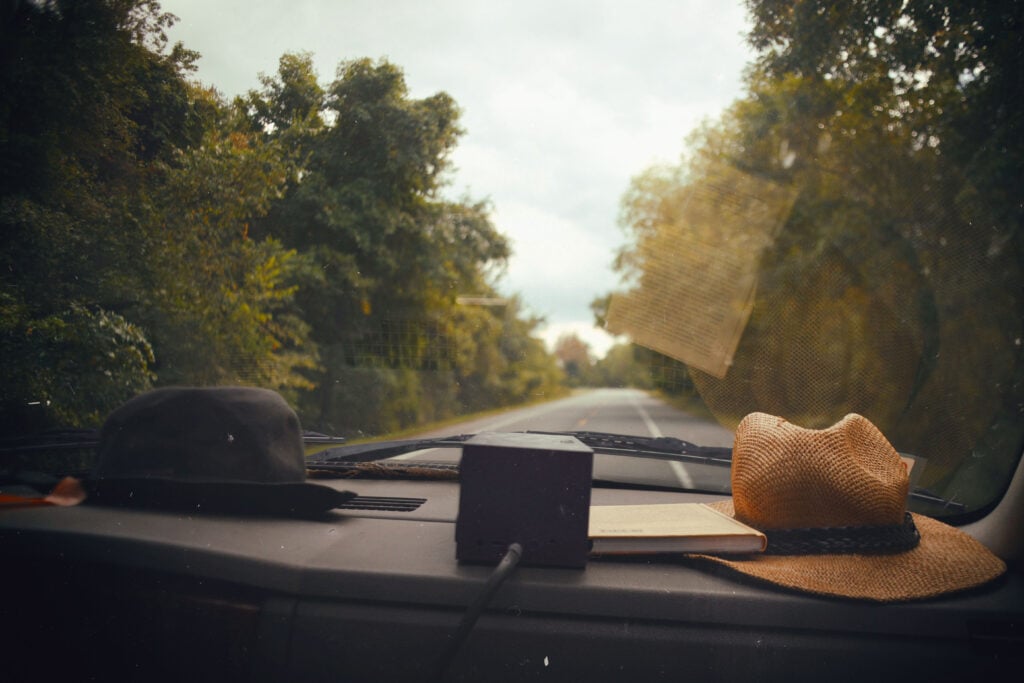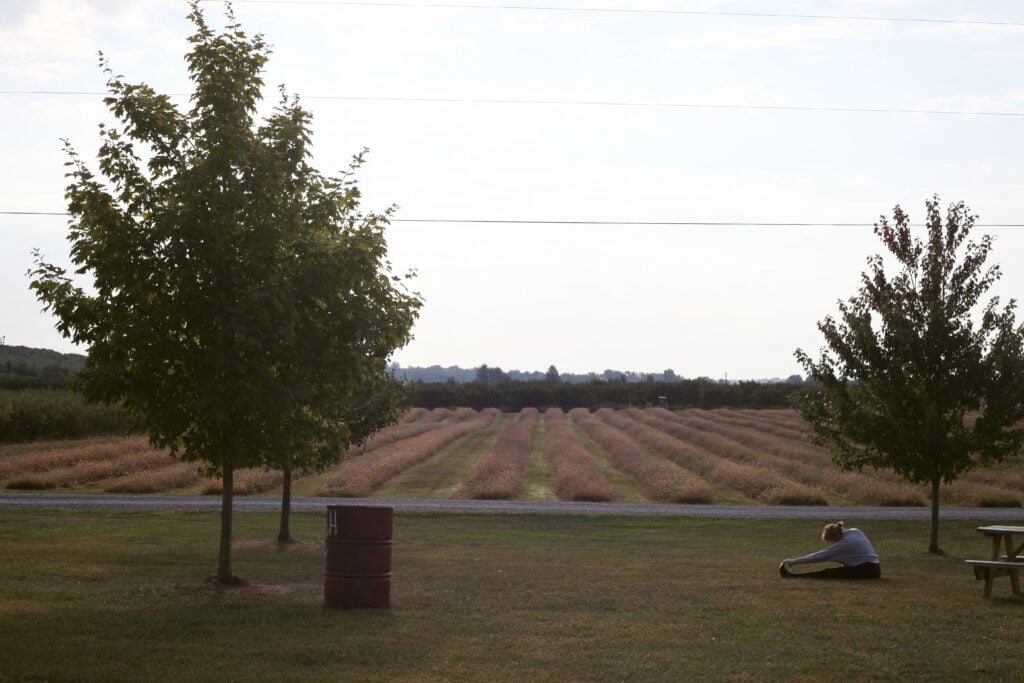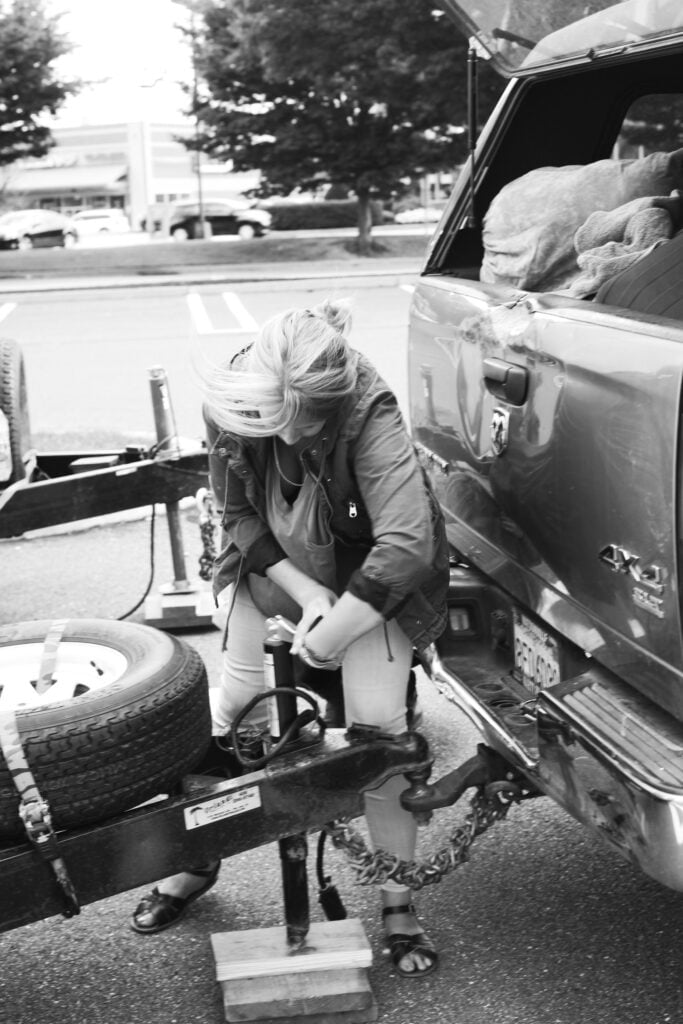Our host at Murder Point Oyster Co. is trying to change your perception of the South, one bivalve at a time.
“I always felt like I was doing what I was called to do – to be away from everybody, go out on the water, catch something wild, living on the bottom of the ocean that you couldn’t even see – until I stepped off the boat and stepped into this world. It was like one more color went off on the scale.”
Lane Zirlott is an oyster evangelist. His family are commercial fishermen by trade, and he has captained and managed shrimp boats in the Gulf of Mexico all of his life. Just over ten years ago, his parents enrolled in an aquaculture training course through the University of Auburn and decided to try to diversify their operations. Lane, who was looking for a way to spend less time out at sea and more time with his family while remaining connected to the water, decided to commit to oyster farming full-time. “To do this, and to do it on the level that I wanted to do it,” he says; “I was going to have to change what people saw as a Southern oyster, a Gulf oyster.” Thus, Murder Point Oyster company was created, named after the farm’s home on Murder Point (formerly named Myrtle Point – the land was renamed after a 1929 murder over the site’s disputed oyster lease).
The Death of the Status Quo
Lane started by rethinking the way Gulf oysters grow. Instead of harvesting from oyster reefs, the Zirlotts seed their own oysters in their on-site hatchery, then grow them in floating baskets suspended in the bay. Their use of the Australian long-line system allows them to control how long the oysters live underwater, and ensures they tumble with the tides. This controls the growth and shape of the oysters, keeping them small, white-shelled and buttery-sweet, in contrast to the “big, fat, steak of an oyster,” Lane describes as typical to the Gulf.
It’s one thing to grow a great product, but it’s entirely another thing to convince people to try it. Lane faced the very real challenge of convincing people to stock his Alabama oysters alongside bivalves with better pedigrees from the east and west coasts.

Fisherman, Reborn As Farmer
Zirlott saw the reputation of Gulf oysters as an invitation, rather than an obstacle. “It had to become who I was, it had to become my identity to get this to go over,” he asserts. While he dedicated himself to growing the best oyster he possibly could in his home waters, Lane set off on a mission to change people’s minds, and convince them to pay raw bar prices for an oyster from Alabama. Leveraging the influx of culinary creativity in New Orleans as the city rebuilt after Hurricane Katrina, he started knocking on kitchen doors throughout the city.
“Nobody said, ‘this is a Gulf oyster.’ Nobody said, ‘this is an Alabama oyster.’ Everyone wondered, ‘what coast is this oyster from?’” He remembers, “We were able to take everybody by surprise. To change people’s perception of something, you almost have to ambush them.”
Slowly, Murder Point Oysters began to sit next to oysters with better-known merroir on raw bars throughout the South, and even around the country. They aren’t stopping there, though. “The goal,” says Lane, “really, is to get a Murder Point in everybody’s hands, get them to try at least one.” He believes that just one is all it takes to know this is an oyster worth killing for.

The View On The Horizon
As the farm grows, Lane has fewer opportunities to personally shuck his oysters for excited (and skeptical) eaters. So, he’s opening up his farm to us to share his labor of love first-hand. He’s inviting us to an oyster dinner, right on the sandy shores of the bay.
“If you can imagine a vineyard, just the rows and rows of the grapes, that’s very similar to what you’ll see when you get down here. You’ll see the rows and the oysters hanging in line in the cages, but what you won’t see is the work that goes on in the hatchery and the work that goes on at the farm. You won’t see that labor of love, but you’ll see the effects of the love.”
You’ll taste it too, in the creamy, plump oysters that taste like salted butter, harvested right from the waters of the Gulf. They’re sure to surprise you. They even may be good enough to kill for.











